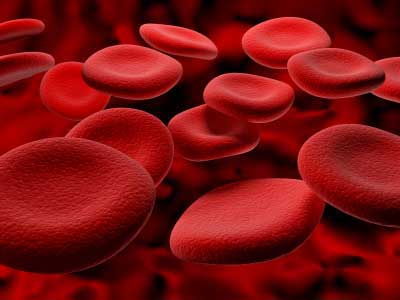Hemophilia A: Symptoms, causes and treatment
The Hemophilia A, in medical terms defined as a deficiency of factor VIII, is a bleeding disorder of hereditary nature caused by a lack of blood coagulation factor VIII. This, in other words, causes the blood can not clot properly to stop the bleeding.
It is not a disorder to underestimate, because for hemophiliac people a simple wound can become a serious problem and a greater risk of bleeding when the blood does not clot well. The major symptoms consist of bleeding and easy bruising. Let’s see, then, what are the signs that may indicate a problem of hemophilia, causes and the most appropriate treatment.
Table of Contents
Symptoms
In the most severe cases of hemophilia it manifests frequent and spontaneous bleeding, but may also be due to a surgical intervention or minor trauma. In milder, abnormal bleeding is uncommon. The bleeding can affect any muscle and joint area.
Causes
The causes of hemophilia A are inherited. The answer lies in an abnormality of the gene that determines the production of coagulation factor VIII. Only the X chromosome contains genes related to the activity of coagulation factors. If the woman, who has two copies of the X chromosome, has only one defective gene, it will be a carrier.
Treatment
The therapy for hemophilia A is based mainly on treatment with blood and blood products. No one should underestimate the symptoms because it can have serious consequences in childhood or adolescence (motor deficits, severely disabled with stiffness, joint deformation and paralysis).
